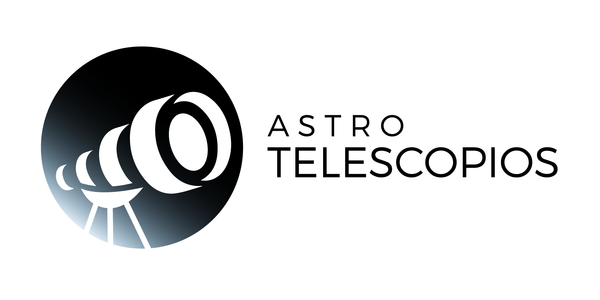
Lunar craters Theophilus, Cyrillus and Catharina: giants of the Lunar Plateau
The Moon, with its landscape dotted with craters, mountains and plains, offers a fascinating sight for amateur and professional astronomers. Among its most notable features are the craters Theophilus, Cyrillus and Catharina, located on the lunar plateau east of Mare Nectaris. These three craters, arranged in a row, are not only impressive for their size, but also for their age and the complexity of their structures.
Main Features of Lunar Craters
Theophilus is the youngest and most prominent of the three craters, with a diameter of about 101 km and a depth of 4.4 km. Its rim is sharp and well defined, and at its center rises a mountain massif about 2,000 meters high, the result of the rebound of the ground after the impact that formed it. This central massif is composed of four main peaks, offering a spectacular view through a telescope.
Cyrillus , located southwest of Theophilus, is a slightly older and more eroded crater. With a diameter of about 98 km and a depth of 3.6 km, Cyrillus presents a less defined structure, with smoother walls. Despite this, the crater still retains an impressive central peak, although lower and degraded compared to Theophilus.
Catharina is the oldest and most eroded of the trio, with a diameter of 100 km. The crater walls are badly worn, showing signs of later impacts that have deteriorated their original structure. Dating back to the Nectarian era (more than 3.8 billion years ago), this crater is a testament to the Moon's long history of bombardment.

The trio of Theophilus, Cyrillus, and Catharina are located directly on the western edge of Mare Nectaris. NASA/GSFC/Arizona State University
When and how to observe these lunar craters
The best time to observe Theophilus, Cyrillus, and Catharina is during the waxing or waning phase of the Moon, specifically between the first quarter and the day after the first quarter, or during the third quarter and the day before the waning quarter. During these phases, sunlight falls sideways on the craters, casting shadows that highlight the details of their rims, walls, and central peaks. During a full Moon, sunlight falls directly on the lunar surface, making the craters appear flat and less prominent.
Recommended telescopes and eyepieces
For optimal viewing of these craters, telescopes with an aperture of at least 4 inches (102 mm) are recommended. Larger aperture telescopes, such as 6- to 8-inch ( 150 to 200 mm ) telescopes, can collect more light and provide more detailed images, revealing finer features such as terraces on crater walls and fractures in crater floors.
As for eyepieces, it is ideal to use those that provide moderate magnification, between 100x and 200x. A 10mm eyepiece on a 1000mm focal length telescope, for example, will provide 100x magnification, which is adequate for detailed viewing without sacrificing image clarity. For telescopes with a longer focal length, a 15mm or 20mm eyepiece may be more suitable to avoid excessive magnification that could lead to blurred images, especially on nights with atmospheric turbulence.
Theophilus, Cyrillus, and Catharina are true gems of the night sky, each offering a window into different eras of lunar history. Whether you are just starting out in astronomy or are an experienced observer, these craters provide an unparalleled viewing experience, especially when observed with the right equipment and at the right time. Exploring these craters not only enriches knowledge about the Moon, but also offers a direct connection to our natural satellite's violent and dynamic past.


